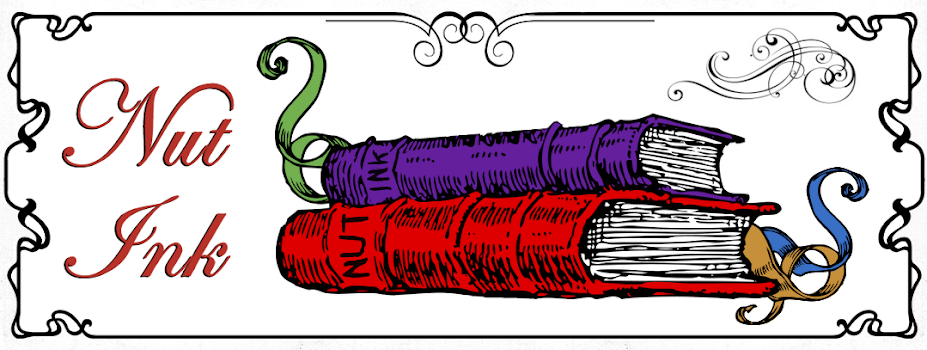Author: Charlotte Perkins Gilman | Page Count: 55 | Publisher: Penguin
“It is dull enough to confuse the eye in following, pronounced enough to constantly irritate and provoke study, and when you follow the lame uncertain curves for a little distance they suddenly commit suicide—plunge off at outrageous angles, destroy themselves in unheard of contradictions.”
If you hear the name Charlotte Perkins Gilman spoken outside of critical circles then it'll more than likely be in reference to The Yellow Wall-Paper. Her most famous work, it constantly overshadows all the others. It's a short but deeply engaging first person narrative from a woman who—in the eyes of her physician husband—has fulfilled her main role as wife. Being of the weaker sex means she should quietly do as she's told for her own well-being. Confined to an attic room, with nothing to occupy her sharp intellect, her state of mind deteriorates.
Her husband’s cure for her sickness, one that he believes is of her own making, does more harm than good. Left alone she reads, writes and draws comparisons that wouldn't have existed had she been allowed to walk free. The patterned wallpaper is ever-present; its influence is inescapable.
Gilman’s unnamed protagonist is a sympathetic character whose journal entries get more hurried and feverish as subsequent days pass, a written account of the truth she hides from her husband. Her silence speaks of a strength that the model, meek wife ought not to have. Gilman had a very real insight into the workings of her character’s mind, having suffered from postpartum psychosis herself. Making such thoughts public, in a fictional but undeniably semi-autobiographical manner, shook the restrained sensibilities of nineteenth-century readers.
The pictured edition includes two additional short stories. The first of them, Rocking Chair, was published just one year after TYW. It's a creepy tale, also a first person narrative, about two friends that together find lodgings in the same house. The text explores the tensile nature of the bond they share, and how it's affected by the introduction of a female presence. It reminded me of Poe's work at times, being concerned with an impulse that partially conceals itself from the person it moves. Again, it's an excellent short, proving Charlotte's mastery a second time.
The final story, Old War, first published in 1911, is the weakest of the three but still superbly written. Both it and Rocking Chair illustrate how well Gilman was able to write both sexes. A mother who wants for her daughter the romanticised love that she never had, a practical young woman who wants none of it, and a poet suitor representing everything that's false about the poetic method all dance around each other, neither one prepared to admit failure.
5 provoking forms out of 5




